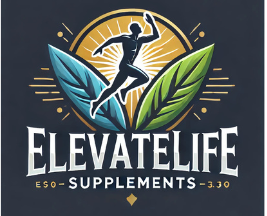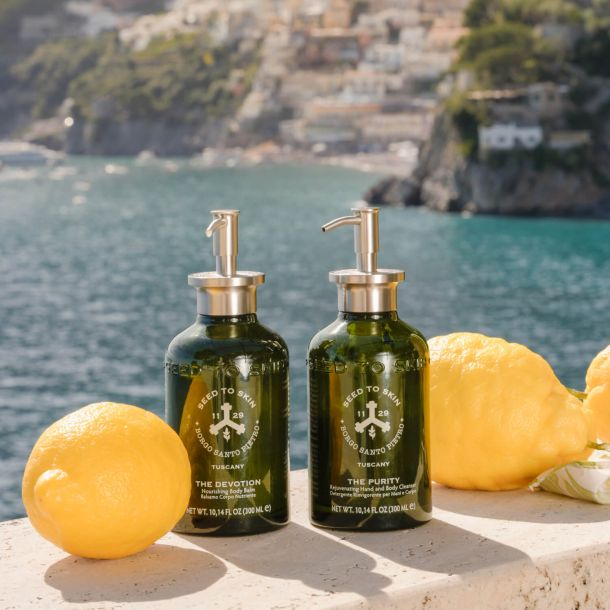The Beauty of Regenerative Agriculture in Skincare
Beauty rituals have evolved beyond just promoting skin health and restoring elasticity. In today’s world, skincare is also about promoting biodiversity, restoring soil health, and healing the land. The connection between our faces and bodies and the environment is undeniable.
Regenerative Agriculture: A Game-Changer in Skincare
Regenerative agriculture is revolutionizing the skincare industry by ensuring ingredient quality, environmental responsibility, and transparency. It goes beyond just using beneficial ingredients; it focuses on reducing greenhouse gas emissions, promoting water system retention, and fostering a healthier ecosystem. Cover cropping, minimal tillage, good composting practices, and carbon capture are now key components of skincare formulations.
Well-nourished skin comes from well-nourished soil. Ingredients like mature sheep, nettles, and macerated horsetail, which have fertilized vineyards and herb fields, are now essential for creating effective skincare products. The symbiotic relationship between soil health and skin health is evident.
The Power of Nutrient-Rich Soil
Plants grown in nutrient-rich soil are packed with beneficial compounds like antioxidants, vitamins, and phytonutrients, making them more effective in skincare products. Brands like Farmacy, FaTH, and Tata Harper are leading the way by sourcing ingredients from regenerative farms. YSL Beauty and Dior have also embraced ecosystem restoration practices in their signature gardens.
Natural farming methods reduce chemical residues in skincare ingredients, making products safer for sensitive skin. A wider range of botanicals, from anti-inflammatory calendula to antioxidant-rich pomegranate, are now accessible, allowing for more innovative and targeted skincare solutions.
Farm-to-Face Beauty: A Sustainable Approach
With the majority of beauty consumers prioritizing sustainability and eco-friendliness, farm-to-face brands are gaining popularity. These brands focus on using locally sourced, pure, and fresh ingredients harvested and delivered without the use of harmful chemicals or long transport journeys.
Brands like Seed To Skin, Giselle Go, and Philippe Terrain’s Dam Dam, and Jurlique are setting the standard for sustainable skincare practices. Ingredients sourced from regeneratively farmed land carry the vibrancy of healthy ecosystems and provide the purity and vitality that our skin craves.
The Future of Clean Beauty
Regenerative agriculture is reshaping the clean beauty landscape with products like Seed to Skin’s The Golden Dew, Furtina Skin’s Cielo Pure Cleansing Oil Balm, Tata Harper’s Supdrkind Bioshield Face Oil, and Beauty Thinkers Boost Oil. These products embody the essence of regenerative practices and offer effective skincare solutions.
Brands like FaTH, La Furtuna Estate, and Davines are investing in regenerative practices throughout their supply chains, prioritizing the resilience of their networks, consumer health, and the planet’s future. The integration of soil health, ingredient potency, and ethical business practices is the key to leading the next era of beauty.
The Bottom Line
Regenerative agriculture is not just a trend; it’s a fundamental shift in the cosmetics industry. Brands that understand and act on the interdependence of soil health, ingredient potency, and ethical business practices will thrive in the evolving beauty landscape. The future of beauty lies in sustainability, innovation, and a commitment to the planet.
All photos courtesy of the brands


